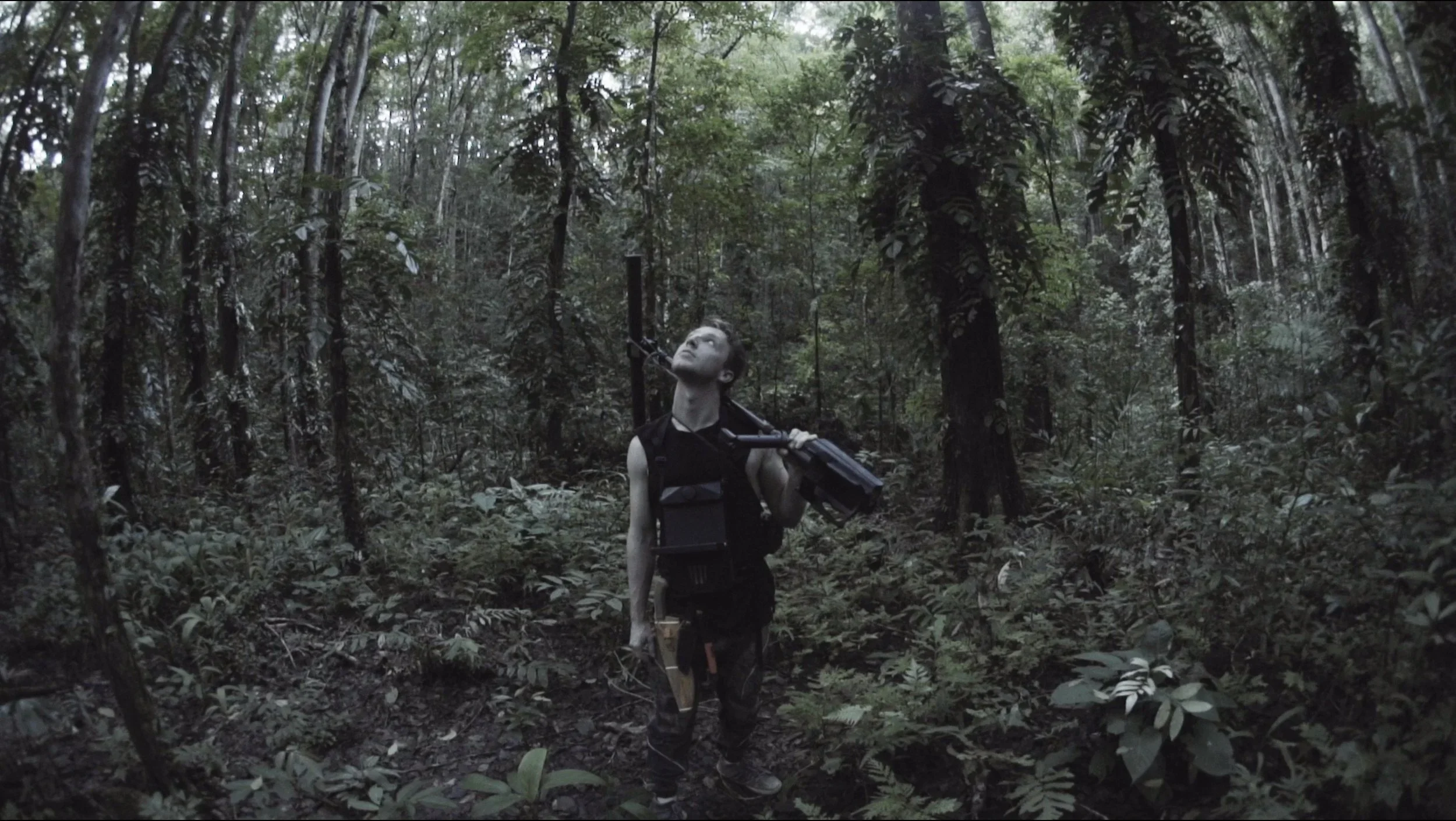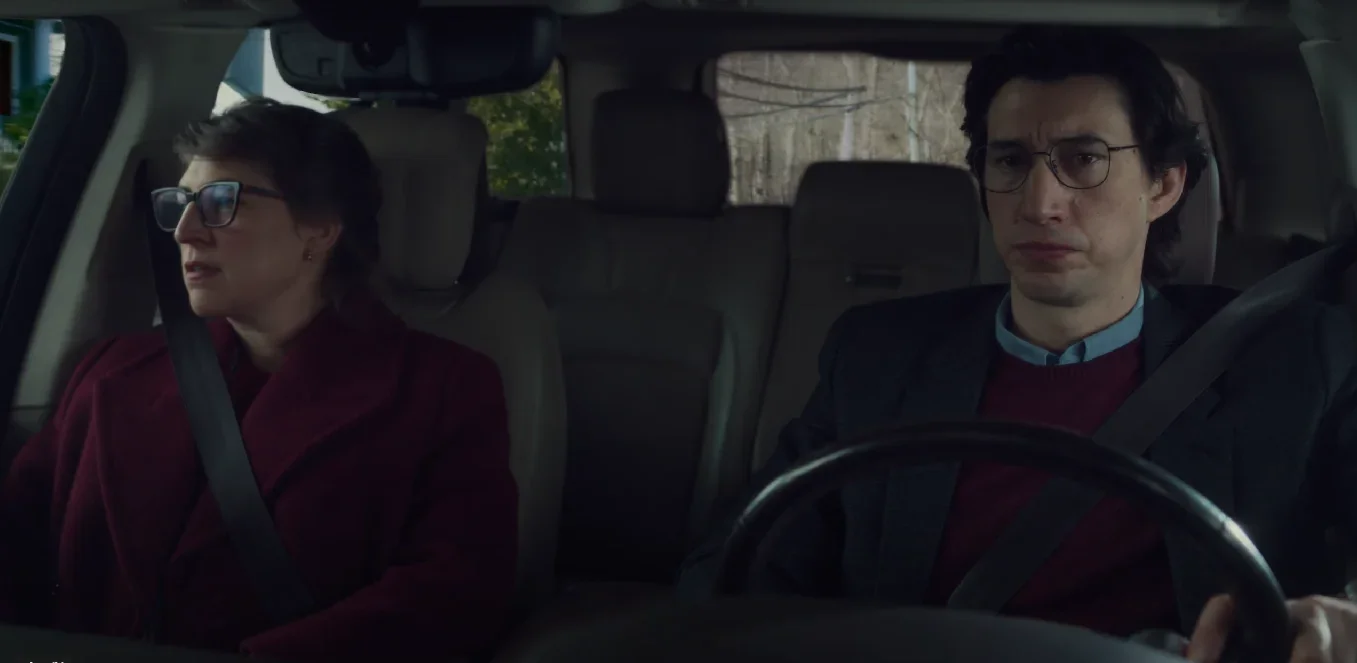‘Welcome to the Dollhouse’ REVIEW: A coming-of-age that aged terribly
‘Welcome to the Dollhouse’ REVIEW: A coming-of-age that aged terribly
Heather Matarazzo in Welcome to the Dollhouse.
This review contains major spoilers on Welcome to the Dollhouse. Content warning for the article and the film as both mentions themes of sexual violence.
Most coming-of-age films remind its audience of their so-called golden years in life. From John Hughes’ The Breakfast Club to Greta Gerwig’s Lady Bird, this film genre reminisces the good, the bad, and the ugly of the adolescent years in a much better light; that while growing up is difficult, everything will be okay… eventually. But honestly, who are these films fooling? Most, if not all, people would agree that their high school years are the worst moment in their life so far. The social cliques based on looks and popularity, the god-awful teachers, the incessant bullying, the lack of expressive freedom, and the disgusting-looking cafeteria food are few of the reasons that barely touch the problematic period of our life that is high school.
Heather Matarazzo in Welcome to the Dollhouse.
Director Todd Solondz knew the lack of realistic representation in this genre and came with Welcome to the Dollhouse, a black comedy coming-of-age film that revolves around Dawn Wiener (Heather Matarazzo), an embodiment of the least-liked plain-looking seventh grader, who is a perfect target for middle schoolers to pester until they graduate. She’s presented as an outcast right from the beginning, both at school and at home. She has no friends at school, her parents Marj (Angela Pietropinto) and Harv (Bill Buell) favor her siblings Mark (Matthew Faber) and Missy (Daria Kalinina) more, her first crush doesn’t notice her, and to top it all off, her love-hate relationship with her bully Brandon (Brendan Sexton III) complicates things further. It seems like fate is always against her, as her suffering worsens as the film goes on.
The first half of the film depicted a refreshing take in the coming-of-age genre, as it showed how teens often take bullying a little too far. Viewers can’t help but sympathize with Dawn, as her suffering seems perpetually and exponentially increasing as time goes by. Some scenes can also bring terrible memories and flashbacks to people, especially those who are either bullied way back in middle school or neglected by their own family. With its brutal yet realistic approach in storytelling, Welcome to the Dollhouse portrayed an unapologetic depiction of a struggling mediocre person that most can either relate or empathize with.
Heather Matarazzo and Brendan Sexton III in Welcome to the Dollhouse.
Despite its uniqueness that separates it from the rest of its genre, the film also came with setbacks. Most of the critics who reviewed this film failed to mention that ‘rape’ scene, which this review mentioned a few paragraphs back. While being branded as dark humor, rape jokes are not and will never be funny, even on a film. One might argue that these jokes were normal before and removing it would also remove what made it special in the first place, but remember that the actor saying those lines was a minor during the taping and it’s extremely uncomfortable to watch the film without that knowledge beforehand. An interview even revealed that Heather Matarazzo’s mother was uncomfortable during the recording of that specific scene. It’s distasteful and there are better ways to express that scene without the mention of rape. The film also used the words retarted, lesbian, and faggot to demean certain characters, and that itself is another problematic aspect that the film should’ve handled better.
The film’s problem doesn’t end with the controversial usage of derogatory words, as it attempts to add sensitive topics of drug smuggling, kidnapping, and pedophilia into the plot half an hour before it ends. With little to no buildup whatsoever, these themes are added and then removed when it’s no longer useful, without exploring it a bit further than what was presented. The film had the chance to explore the aforementioned subject matter, yet it wasted the opportunity to make Dawn’s life more miserable, deviating from the realistic setup it once had in the first-half.
Heather Matarazzo in Welcome to the Dollhouse.
Despite all that, there’s this one scene in the second-half of the film that is strikingly poetic in some way: Dawn’s dream sequence of her being accepted by her peers and family members juxtaposed to the reality that everyone forgot that she was actually gone in the first place. It showed how insignificant she actually was to the people around her and her desperation for some sort of affection or attention became clearer. It’s heartbreaking that someone out there has experienced this or worse, and the film captured the sense of hopelessness in Dawn’s character.
Another scene that can make the viewers think deeper is its ending, as the last scene focuses on Dawn until it’s only her voice that can be heard. It symbolized the resiliency she gained throughout the entirety of the film, with all the horrible situations she’d been through, and how she learned to block all negativity around her. Just like Mark said, eighth grade isn’t really better than seventh, so things will surely get worse for Dawn, but hopefully she focuses on herself more, just like what the film did in the last shot.
Heather Matarazzo and Brendan Sexton III in Welcome to the Dollhouse.
The cinematography of the film completely captured the essence of the era it was depicting, as it complements the circumstances that Dawn was going through. While the teens of today may relate less with the film itself, those who grew up in the same environment and timeline as Dawn can visualize themselves either in her shoes or other characters in the film. Multiple shots also linger to Dawn’s expression longer enough for the audience to vividly notice the change in mood, which helped in delivering the emotion the film wanted to express. But what actually stole the spotlight is the flawless integration of Dawn’s leitmotif. Whenever Dawn is about to do something that isn’t like her, her theme song would play in advance to signal the audience for what’s to come. It’s actually brilliant, in a way that the viewers anticipate what Dawn would do next, and with a character like her, nothing is predictable.
Of course, this film wouldn’t be as great if it wasn’t for Heather Matarazzo’s spectacular performance. It was like she was made to portray Dawn and her acting heavily carried the film. Heather herself later revealed she also experienced what Dawn had been through during middle school and that alone shows how she embodied her role, both in film and in real life. All in all, director Todd Solondz captured the reality that most coming-of-age films tend to neglect and fleshed out a dark comedy that can make the audience realize how miserable their teenage life actually is.


















